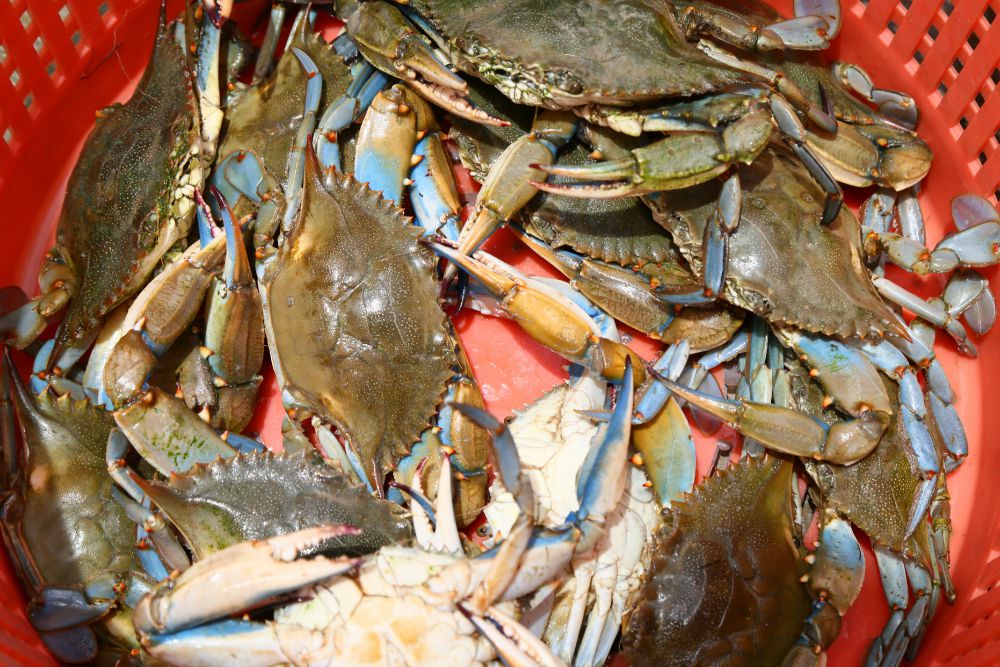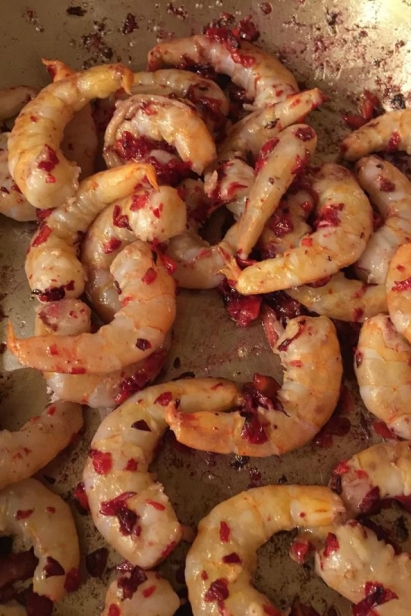Life’s tough out there - the life cycle of shrimp and blue crabs
Looking at the life cycles of these tasty crustaceans, it’s amazing that enough survive to maturity to maintain this fisheries sustainability.
Of the 13 types of shrimp biologists have identified in Galveston Bay, brown shrimp and white shrimp constitute what’s called “table shrimp,” and have similar life cycles. In fall, white shrimp migrate to the open Gulf to spawn, with each female releasing up to 1 million eggs that are open-fertilized by the males. The eggs hatch within 24 hours and, as the tides and currents carry the developing shrimp shoreward, they pass through several larval phases as they drift into Galveston Bay, at which point they are one-quarter inch long, transparent and shrimp-like in appearance.
They’ll float on the currents into the protected estuaries, where fresh water from the Trinity, San Jacinto and various smaller tributaries deliver nutrients and create the low-salinity environment that young, developing shrimp need. They’ll hide among the marsh grasses to evade predators. Brown shrimp develop similarly, except their spawning run is in the spring. And while a shrimp’s lifespan can reach two years, it rarely doe s: Nearly everything in the sea eat s shrimp—as well as seagulls, pelicans and other birds—before we terrestrial types get our turn. But if you think life’s tough for shrimp, consider the crab.
Callinectes sapidus … even its scientific name is pure poetry: Callinectes being Greek for “beautiful swimmer” and sapidus the Latin term for “savory.” What an artfully appropriate name for the blue crab, and what a fascinating creature it is!
A young female crab, referred to as a “sally,” will mate only once in her life, storing the male crab’s sperm in a specialized organ until she migrates to the mouth of a bay, where she will fertilize her eggs in the saltier water. Males, called “jimmys,” do not migrate. The future of the next generation’s crabs rests in the hands—ahem, claws—of the mature females, called “sooks.”
The now egg-laden female, in this stage called a berry crab or sponge crab, will take advantage of the incoming tides at the mouth of the bay to carry the developing larvae into the shallow nursery habitat along the shorelines and tributaries. She’ll produce several more sponges of several million eggs each year for the next few years, fertilizing all of them from that one original mating and moving through the estuary, bay and open Gulf and back again each time to take advantage of differing salinity levels needed for the survival of her young. The larvae pass through several stages, becoming immature crabs in about two months, and serve as a food source for jellyfish, finfish, turtles, herons, egrets, raccoons and one of Texas’ most celebrated winter residents, the endangered whooping crane. Out of the tens of millions of eggs laid by a female crab, only one or two crabs will live to maturity.
Oh, and the jimmys? Life’s not quite so rough as it is for the gals: Their biological imperative calls for them to remain in the tributaries— eating, loafing and being available to mate.







